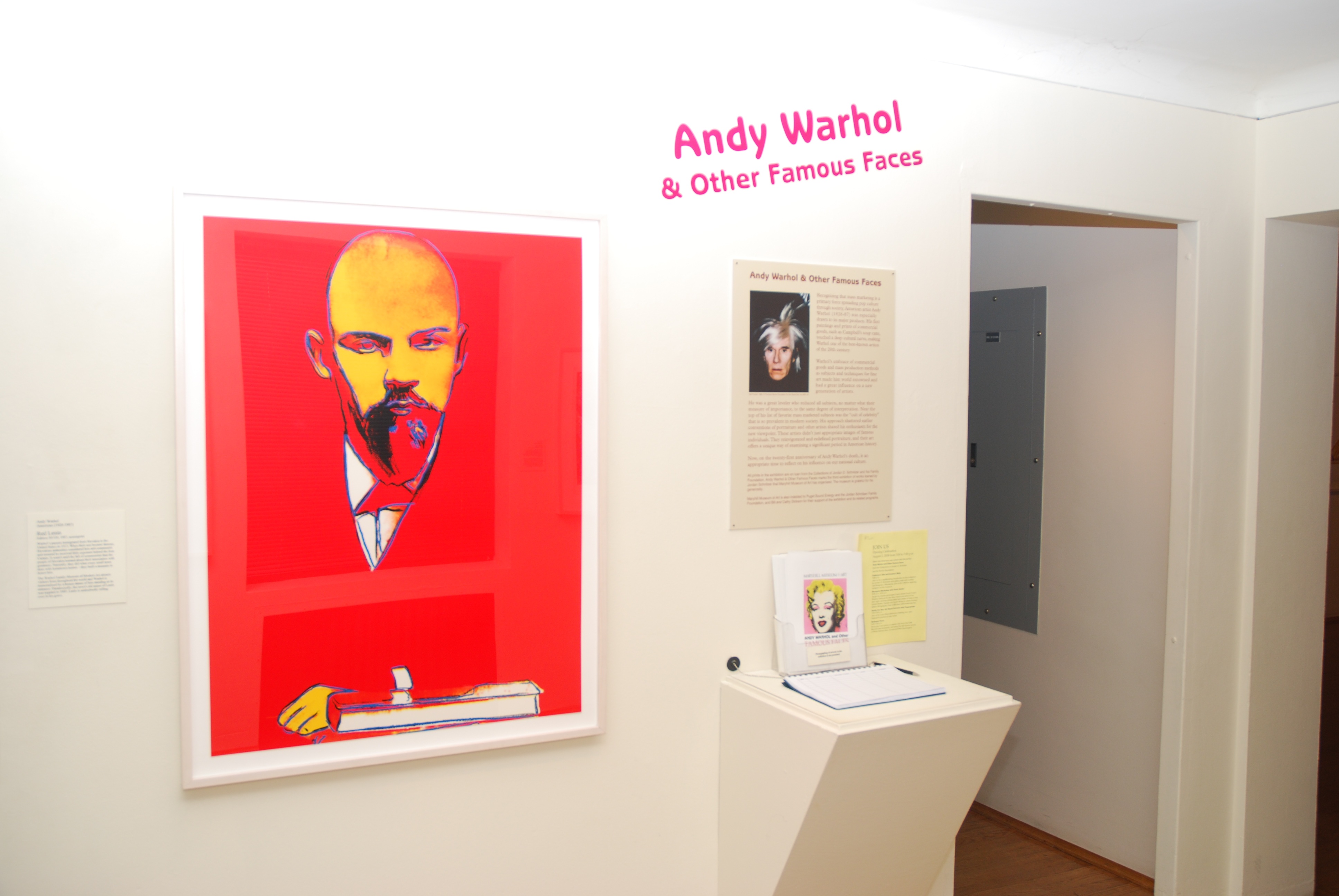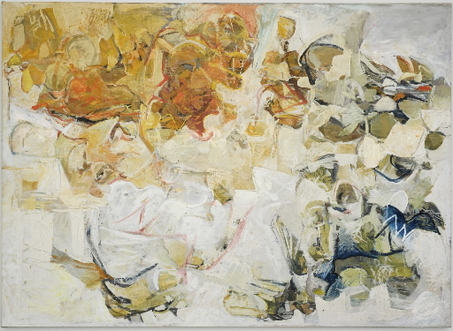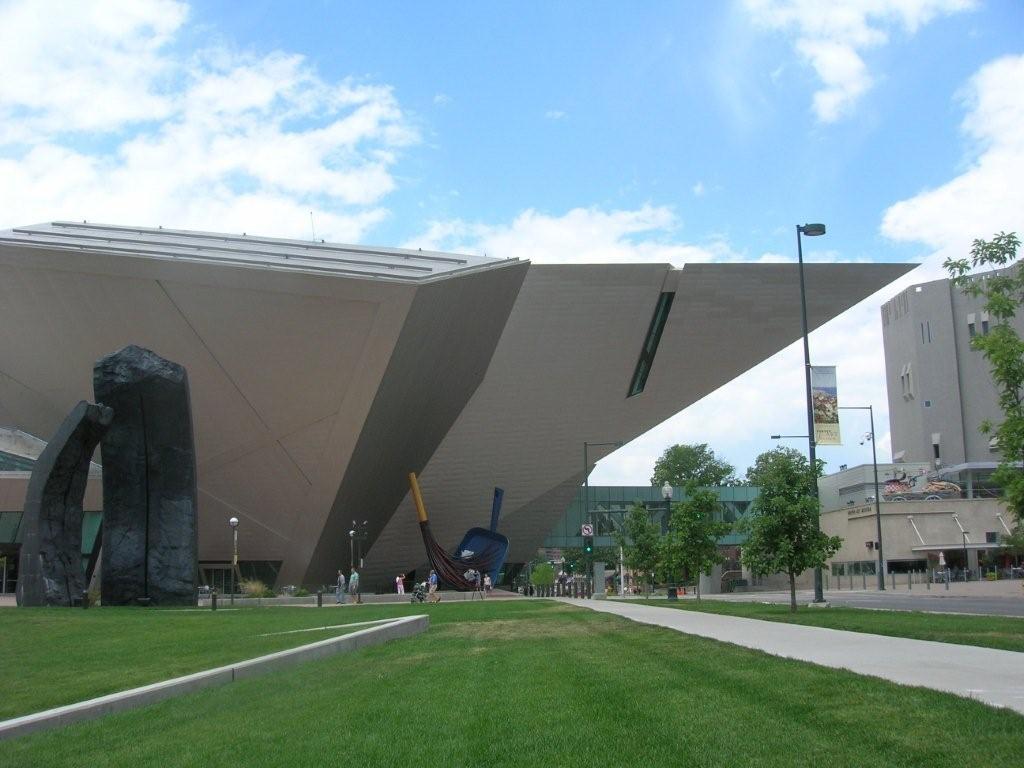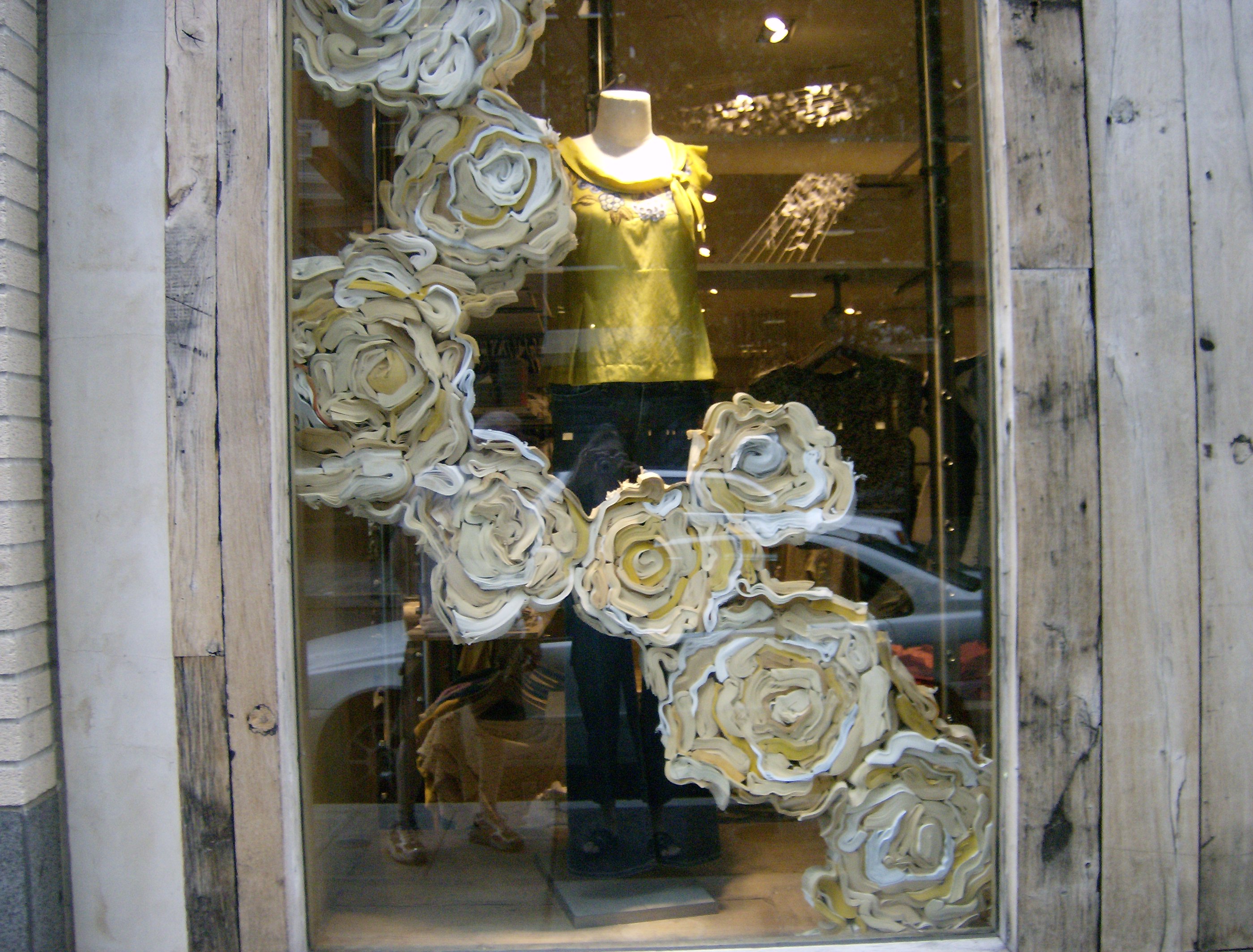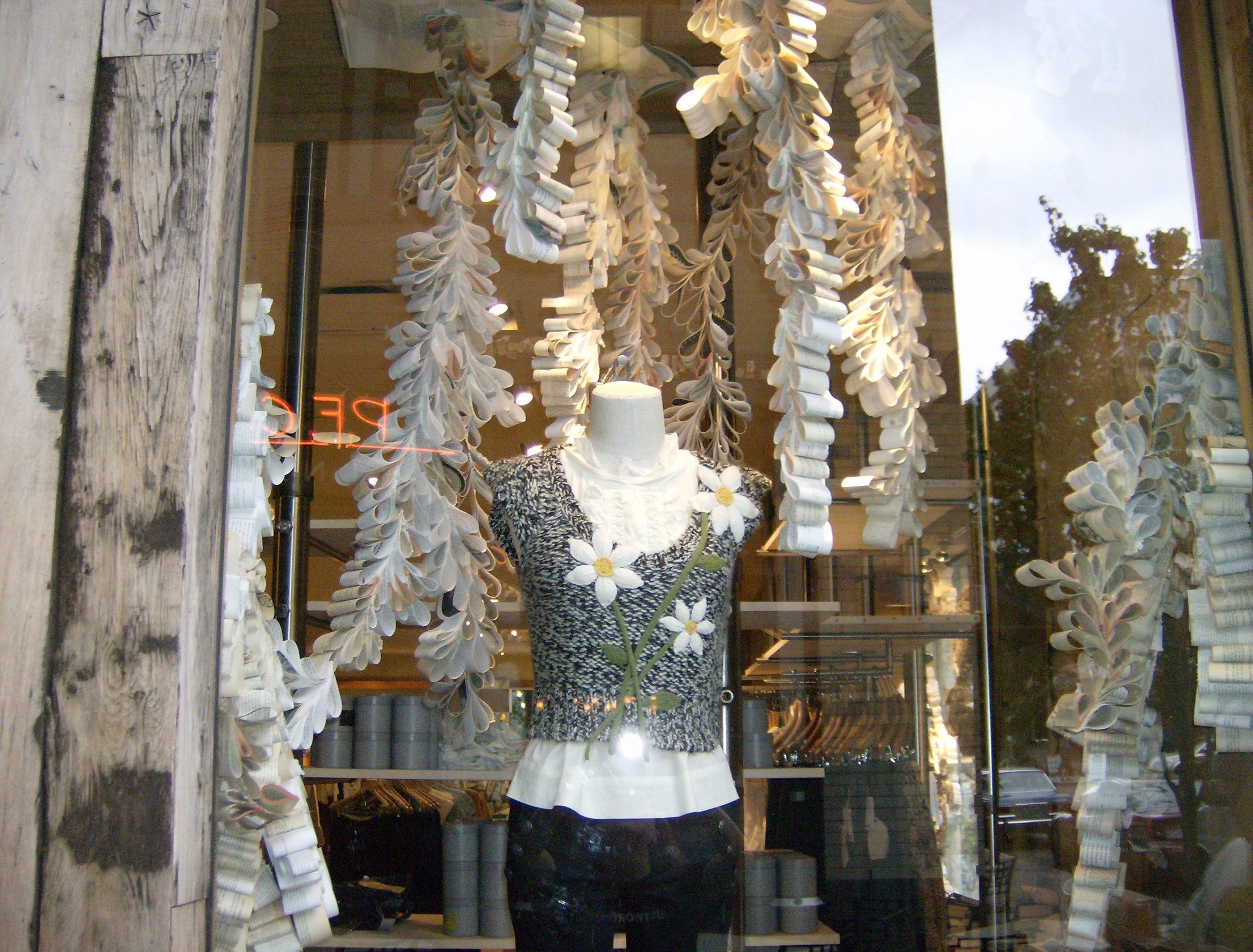 At lofty Scatter Tower, high above the din of the city, we occasionally receive missives about what’s going on down below. Otherwise known as press releases. We appreciate these, but because we don’t do a regular “calendar” sort of thing, we don’t often post them. But the email from Erin of Hand2Mouth Theatre appealed to our scatter sensibility. Erin wrote:
At lofty Scatter Tower, high above the din of the city, we occasionally receive missives about what’s going on down below. Otherwise known as press releases. We appreciate these, but because we don’t do a regular “calendar” sort of thing, we don’t often post them. But the email from Erin of Hand2Mouth Theatre appealed to our scatter sensibility. Erin wrote:
We have a show opening next week called Project X: You are Here that is somewhere between a performance and an installation. Thus we are calling it a performance installation. We are hoping to get some crossover press into the visual arts world as this show definitely has appeal beyond the theatre/theatre-lovers community.
We interpreted this to mean: We’ve got something going on this weekend and next that is really hard to explain and we’re looking for some open-minded people to come and check it out! From the press material itself I gathered that the performance/installation involves the collecting of materials (stories, observations, “myths”) from the audience. I know those who arrive under the Art Scatter banner will have GREAT stories, not to mention a few bizarre myths. And it’s happening at Gavin Shettler’s new project, Milepost 5, an artists’ community.
The deets: Project X will be at Milepost 5, 900 NE 81st Ave., Portland, on Thursday, August 14: 7-10pm; Fridays, August 15 & 22: 7-10pm; Saturdays, August 16 & 23: 2-5pm & 7-10pm; Sundays, August 17 & 24: 2-5pm. Tickets: $6 or 2 for $10. Info: 503-235-5284 or mail@hand2mouththeatre.org.
